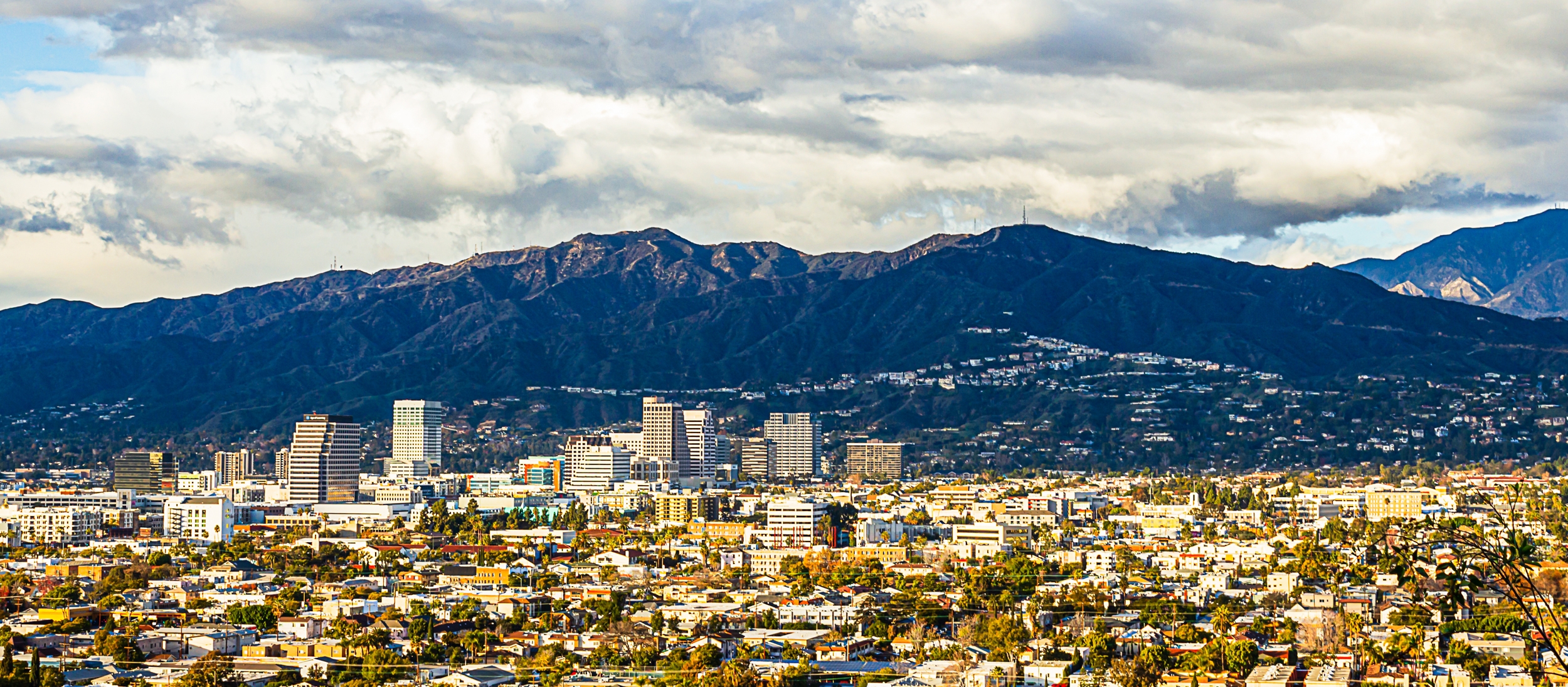Last week, we informed customers that natural gas bills are going to be even higher than usual this January due to historically higher natural gas prices in the western United States.
SoCalGas does not set the price for natural gas. Instead, natural gas prices are determined by national and regional markets. SoCalGas buys natural gas in those markets on behalf of residential and small business customers, and the cost of buying that gas is billed to those customers with no markup.
Understandably, many stakeholders want more information about the factors impacting natural gas prices, how long we can expect high prices to last, and what we’re doing to support our customers during this difficult period.
DETAILS ON GAS MARKET VOLATILITY
During the winter months, natural gas prices typically trend higher. For the past couple of years, prices at this time have traded between $5-$6/dekatherm. Last year, January prices were higher, at about $8/dekatherm.
At the end of December 2022, when SoCalGas was required to submit estimates to the CPUC about natural gas costs for January, prices soared as high as $50/dekatherm and averaged about $42/dekatherm, more than 5 times last year’s price.
Due to our available natural gas storage, and other factors SoCalGas uses to help mitigate price fluctuations, the final price estimate SoCalGas filed with the CPUC for January ended up being $34/dekatherm, an unprecedented January price for our customers.
SO, WHAT CAUSED PRICES TO SPIKE?
According to the US Energy Information Administration (EIA), several factors are contributing to higher natural gas commodity prices.
- Widespread, below-normal temperatures on much of the West Coast, including Washington and Oregon;
- High natural gas demand for heating by customers in areas with below normal temperatures;
- Reduced natural gas supplies to the West Coast from Canada and the Rocky Mountains;
- Reduced interstate pipeline capacity to the West Coast because of pipeline maintenance activities in West Texas; and
- Low natural gas storage levels on the West Coast.
A detailed report about these market conditions can be found here: https://www.eia.gov/naturalgas/weekly/archivenew_ngwu/2022/12_22/.
Michael Wiliamson, with the consulting firm Williamson Energy, told Natural Gas Intelligence this week: “I’ve seen prices spike before, but over a short period of time. This sustained period of high prices has never happened before. There’s a lot of different things going on, and they’re all falling at the same time.”
SoCalGas’ system is currently performing as planned for the winter season. Available pipeline capacities and natural gas supplies in storage have been able to meet customer demand. In particular, storage has played a key role in reliability.
It is worth noting that conditions in the Eastern United States and in Europe are very different, with natural gas prices falling. You can read more about why prices are different across the country in this recent Wall Street Journal article that provides more detail on some of the conditions noted in the EIA report linked above.
WHEN CAN CUSTOMERS EXPECT NATURAL GAS PRICES TO FALL?
Right now, in the relevant markets, natural gas is trading at about $17- $20/dekatherm, which is still higher than normal, but down from January’s peaks.
It is too early to say whether those positive trends will continue into February. The market has remained volatile through the first week of January. Natural gas prices in your bill change monthly, and you can view current and historical prices to help plan your usage.
WHAT IS SOCALGAS DOING FOR ITS CUSTOMERS?
Last week, SoCalGas announced a, $1 million contribution to the Gas Assistance Fund, a program that helps income-qualified customers pay their natural gas bills. The program has also opened early this year, in January instead of February.
For residential customers, SoCalGas is proactively delaying collections activities on overdue accounts until April 1, 2023 and will not disconnect overdue customers during the first half of the year. SoCalGas has also proactively delayed non-residential disconnections until at least March 1, 2023.
We’re also helping customers manage costs through conservation, customer programs like our Level Pay Plan, the arrearage management plan, our 12- month payment plans, and by signing up eligible customers for CARE and medical baseline.
We encourage customers to sign up for weekly Bill Tracker Alerts to monitor natural gas consumption, take steps to reduce usage, and avoid bill surprises. Alerts will be sent through email or text and include a bill-to-date and projected next bill amount to help you manage your energy bills as easily as possible.
If you’re experiencing hardship, we encourage you to explore the many bill payment or assistance programs options we offer or to call 1-800-427-2200.












